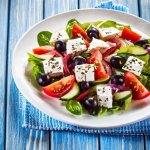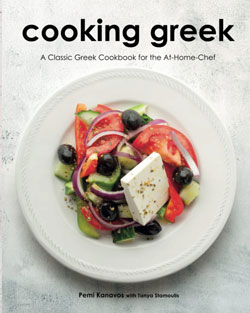I just tried to make my own frappe and there was too much foam! I didn't want to spoon the foam out, for fear it would hurt the flavor. It was fine, I drank it.
I am trying to figure out what went wrong, though. Did I put too much coffee? Did I beat it too long? Was it both? I think it would help if I see a recipe - one that you know works...
I am trying to figure out what went wrong, though. Did I put too much coffee? Did I beat it too long? Was it both? I think it would help if I see a recipe - one that you know works...



